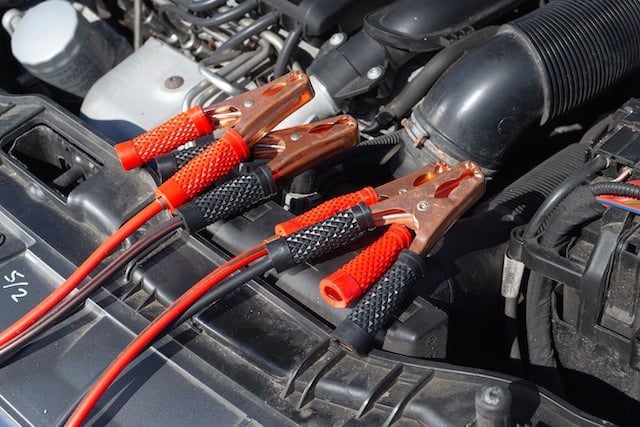The Basics of Car Battery Maintenance and Replacement
 A car battery is a critical component in any vehicle, powering everything from the engine to the electrical systems. Understanding basic maintenance and knowing when to replace a battery can save drivers from unexpected breakdowns and extend the life of their vehicle.
A car battery is a critical component in any vehicle, powering everything from the engine to the electrical systems. Understanding basic maintenance and knowing when to replace a battery can save drivers from unexpected breakdowns and extend the life of their vehicle.
Understanding Your Car Battery
Car batteries are rechargeable units that supply electrical energy to a vehicle. They are typically lead-acid batteries designed to provide a large burst of power necessary to start the engine. Once the engine is running, the alternator takes over and recharges the battery while powering the car’s electrical systems.
Regular Maintenance Tips
To ensure your car battery’s longevity, regular maintenance is crucial. Begin by keeping the battery terminals clean. Corrosion at the terminals can lead to poor connections and reduced performance. Check the battery’s fluid level if it’s a serviceable unit, and top it up with distilled water when necessary.
The Importance of Secure Placement
Ensuring the battery is securely mounted is vital to prevent vibrations, which can damage internal components and cause short circuits. Periodically check the battery’s hold-down bracket to ensure it’s tight and secure. A loose battery can lead to internal damage and shorten its lifespan.
Monitoring Battery Charge
Keeping track of the battery’s charge level is important, especially in colder months when battery capacity can decrease. Use a car battery tester to monitor its health. If the battery often falls below optimal charge, it might be a sign to replace it or check the vehicle’s charging system.
Recognizing Signs of Battery Failure
Symptoms of a failing battery include dim headlights, slow engine cranking, and the need to press on the gas pedal to start the car. Another sign is the age of the battery. Most car batteries last between three to five years. If yours is within this age range, start monitoring it more closely.
The Replacement Process
Replacing a car battery is relatively straightforward. First, remove the negative cable, followed by the positive. Be careful to avoid short-circuiting the battery terminals. Remove the hold-down bracket, lift out the old battery, and place the new one in the tray. Reconnect the positive and negative cables, ensuring the connections are tight and secure.
Disposing of Old Batteries
Proper disposal of old car batteries is essential, as they contain harmful chemicals. Most auto parts stores and repair shops will accept old batteries for recycling. Never throw a car battery in the trash or leave it lying around.
Choosing the Right Replacement
When selecting a new battery, ensure it’s the correct size and type for your vehicle. Consider the battery’s Cold Cranking Amps (CCA) rating, especially if you live in a cold climate. The CCA rating indicates how well the battery can start an engine in cold temperatures.
Conclusion
Proper car battery maintenance and timely replacement are integral to vehicle reliability and performance. Regular checks, clean terminals, and secure mounting can extend a battery’s life. Knowing the signs of a failing battery and understanding the basics of replacement and disposal will keep your vehicle running smoothly and efficiently.
